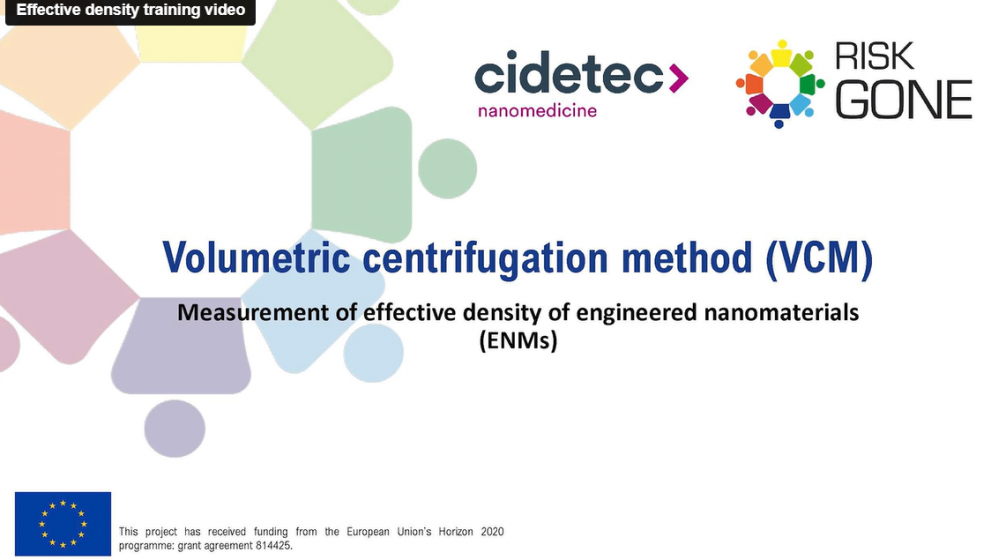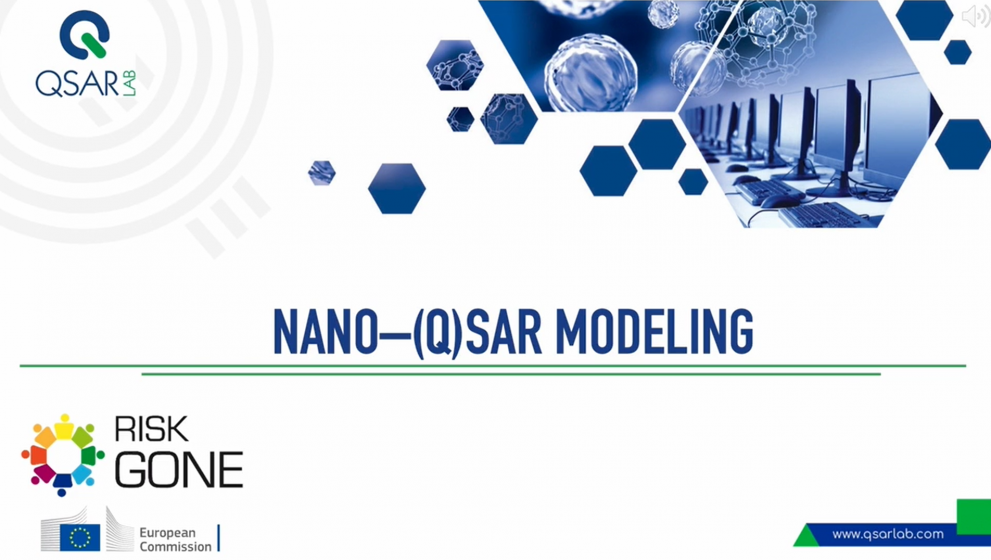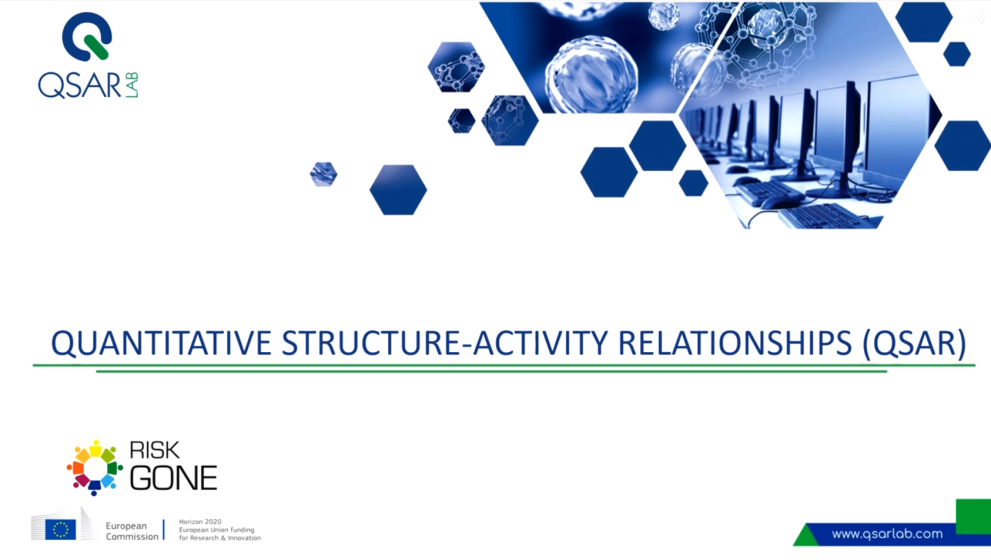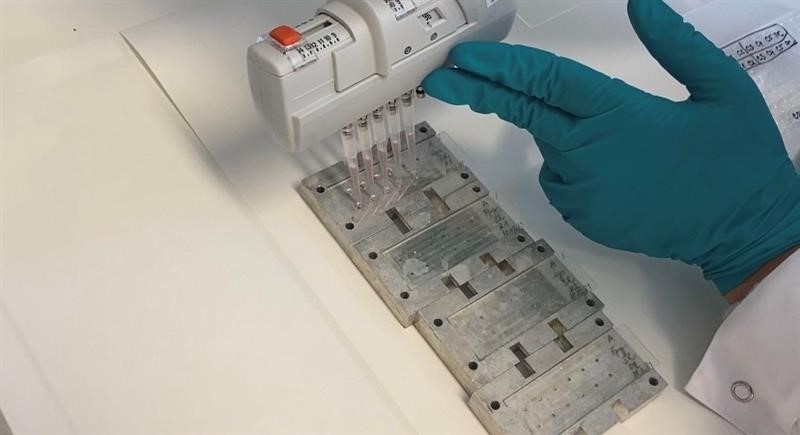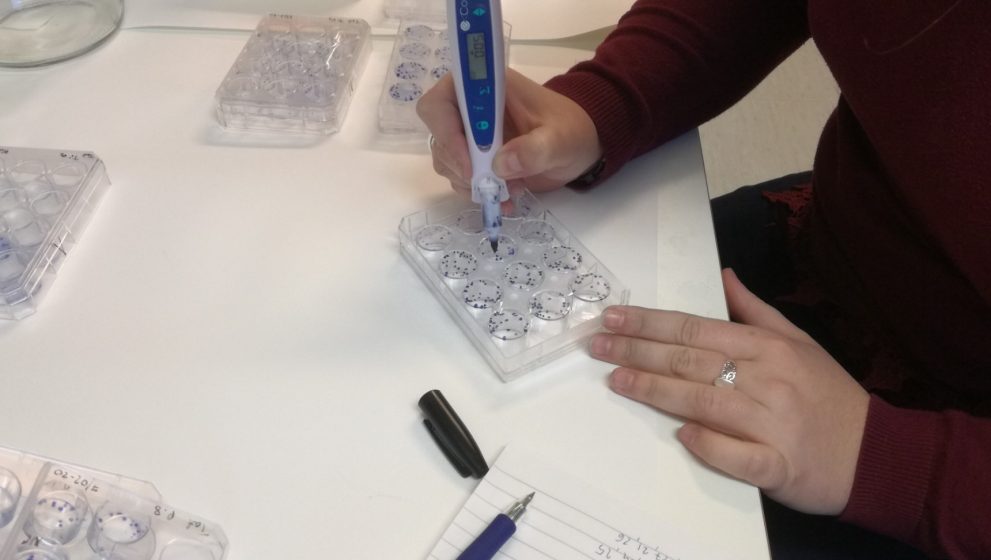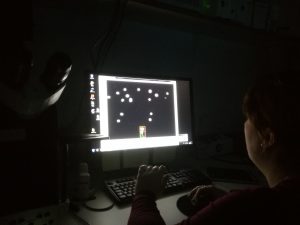Dates: 15th-19th March 2021
Location: remote/virtual
The Norwegian Institute for Air Research (NILU), coordinator of RiskGONE, is providing a practical online course/video learning on the Comet assay.
This training workshop represents the second edition of a series of trainings to be organised as part of RiskGONE`s training activities. The first edition of the course was physically held at NILU`s premises in Kjeller, Norway, on 17th-20th February 2020. Then, RiskGONE project partners joined the course from Swansea University, the University of Birmingham, and the University of Bergen, and they were trained on different assays for use with engineered nanomaterials.
This course welcomes participants from H2020 projects Twinalt and VISION, besides RiskGONE and the H2020-NMBP-13 network.
Due to the restrictions now imposed by the COVID-19 pandemic, the second edition of the course was re-arranged to a remote format. The course will take place for 5 days.
On the first day, the background and principles of the assay will be introduced in a series of lectures.
On the second day, the technical aspects of the assay will be presented. Part of the day will be dedicated to the planning of a real experiment. Trainees will have the opportunity to perform themselves in their own laboratory, with the constant support of the trainers.
On the following days, a hands-on experiment will be performed. In the morning, the daily work will be presented thought videos created at NILU, in which the trainers show how the experiment is performed step-by-step. In this phase, trainees will have the opportunity to interactive live with the trainers, ask questions and discuss the technical aspects of the experiment. In the afternoon, after viewing the videos, trainees will have the possibility to physically train on the experiment in their laboratory. All along, trainers will be available online to support trainees if needed.
Training materials, including the step-by-step videos, will be shared among all project partners and might also form the basis of teaching and training material to be used beyond the project course.
The training’s agenda can be accessed here


